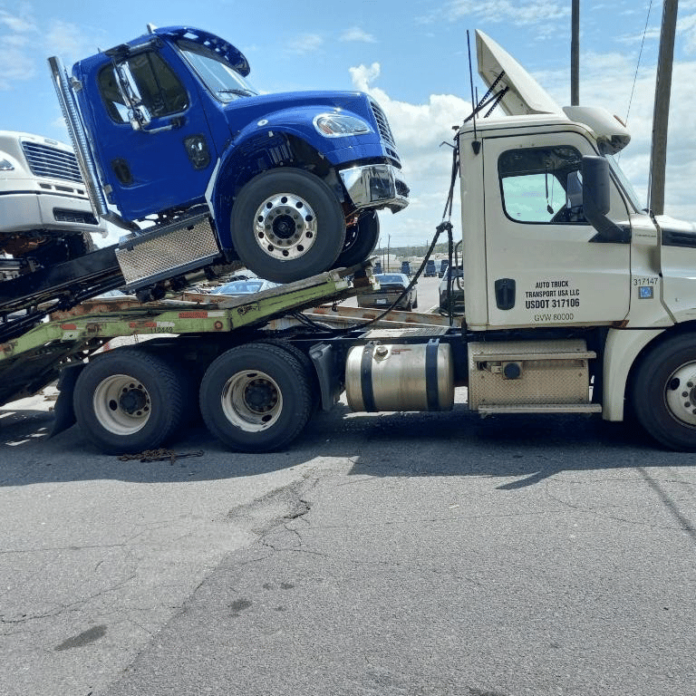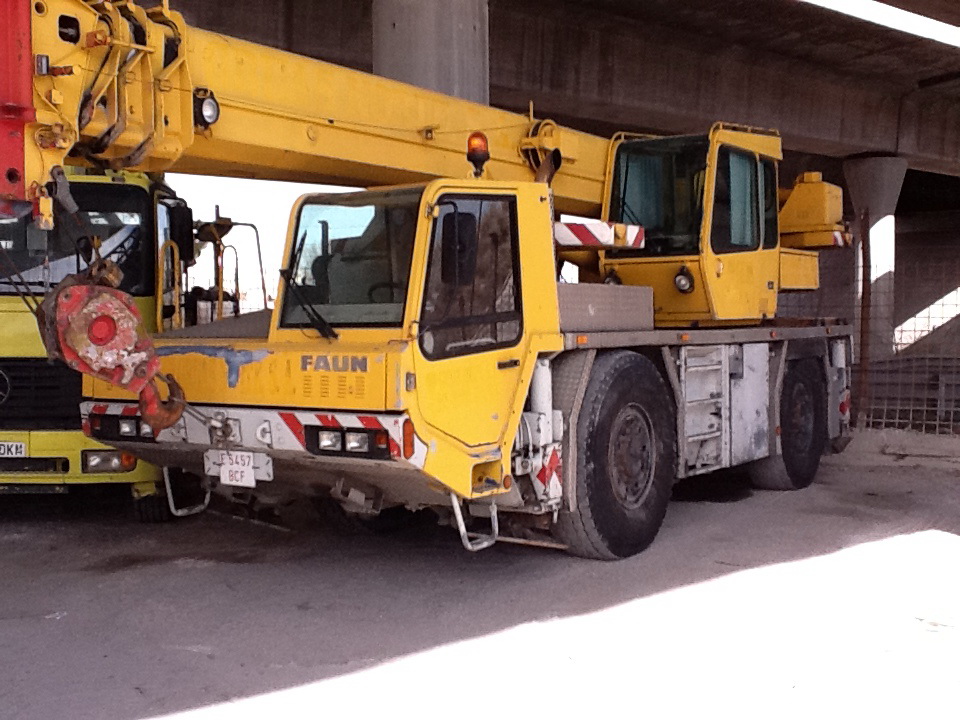During the early years of the automobile industry, your choice of vehicle largely depended on where you lived. The earliest ones were hand-built in limited quantities and distributed locally. Charles and Frank Duryea built their horseless carriages in Springfield, Massachusetts. Alexander Winton manufactured gas-power vehicles in Cleveland and Albert Pope produced Waverly electrics in Indianapolis. A group of young upstarts led by David Dunbar Buick, Ransom Olds, and Henry Ford built a variety of gas, electric, and steam-powered runabouts and sedans in Detroit.
As automobiles became both more reliable and affordable, they also became more popular. Growing demand meant manufacturers could no longer rely solely on selling vehicles from the factory gates. William Metzger is credited with opening the first independent car dealership in Detroit in 1897. At about the same time, Container Lkw-Transporte the first franchised car dealership, selling Waverly electrics in Reading, Pennsylvania. Manufacturers used factory drivers, rail, and boats to transport their products to a growing network of independent and franchise dealers.
Early Ford models were often encased in large wooden boxes and loaded on open railcars directly outside the Mack Avenue plant and later the Highland Park factory. Railcars would be shuttled to the Michigan Central, Grand Trunk, or Soo Line terminal and rushed to anxious buyers. When they arrived at their final destination, a Ford mechanic would complete the final assembly of the vehicle, often using pieces of the wooded box for the floor and running boards.
The 1909 Sears, Roebuck & Company catalog advertised the Sears Motor Buggy for $395 or $370 without fenders or top, plus shipping to the nearest train station.
In 1902 there had been one car for every 1.5 million people in the country; two years later the ratio shrunk to one for every 65,000 people; and by 1909, after the introduction of the Model T, there was one car for every 800 people.
Reliable and affordable Manuelle Entladung von Container by road, rail, and water was essential to the growth of the early automotive industry.
In 1910, the Toledo Shipbuilding Company produced the first steel car ferry for the Ann Arbor Railroad. The vessel, named Ann Arbor no. 5, was 360 feet long with a 56-foot beam and could carry up to 24 railway box cars, each loaded with four or five new automobiles. Leaving Ludington, Michigan, and arriving in Manitowoc, Wisconsin, the railcars and automobiles were then transported west by the Wisconsin Central and North Western railroads.


